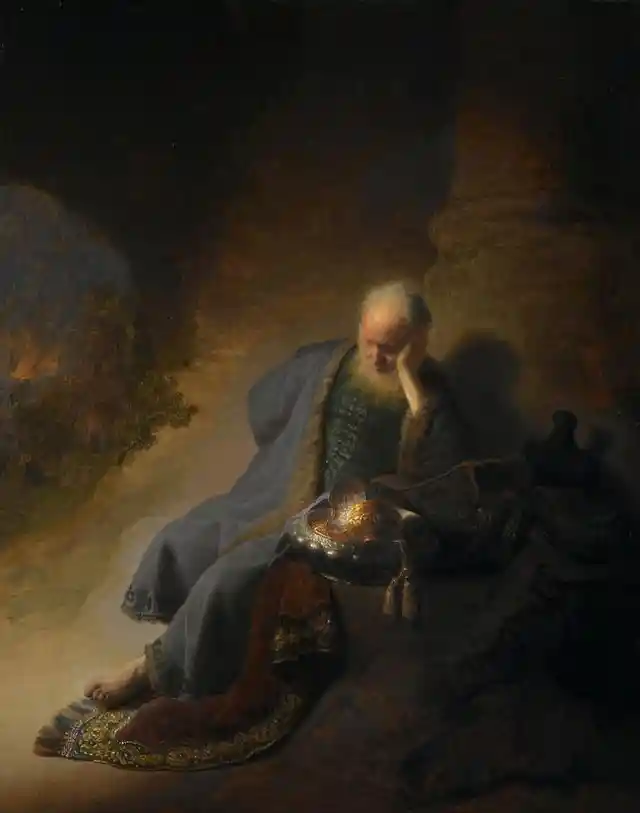Rembrandt was born on July 15, 1606. He was a Dutch Baroque artist, and he is regarded as one of the finest storytellers in art history. His works depict people in different moods and dramatic appearances. Rembrandt was also a master of light and shade, and his uncompromising realism led some detractors to argue that he preferred ugly over beauty.


Self Portraits
Rembrandt specialized in portraiture. The fact that roughly a tenth of his painted and etched work is self-portraits and studies of his own face has sparked much discussion. He painted, engraved, or drew in pen and ink or chalk the biblical, historical, mythical, and allegorical “history pieces”. Rembrandt’s style evolved dramatically during his lifetime. Even within a single piece, his approach to composition and portrayal of space and light, as well as his brushwork and treatment of line and tone (in drawings and etchings), change gradually.
Night Watch
His work known as Night Watch (1640/42) was a stylistic turning point in his career. Rembrandt’s historical paintings, etchings, portraits, and self-portraits soon gained popularity among Dutch art enthusiasts and collectors. Aside from his unique etchings, his drawings, done as practice exercises or sketches for other works, were also treasured by modern art aficionados.


Rembrandt passes away on October 4, 1669, in Amsterdam, impoverished and misunderstood. His worldwide reputation among collectors and enthusiasts kept growing exponentially. He influenced painters in 18th century Germany and Venice. He was considered a precursor of the Romantic movement and one of the finest personalities in world art history.